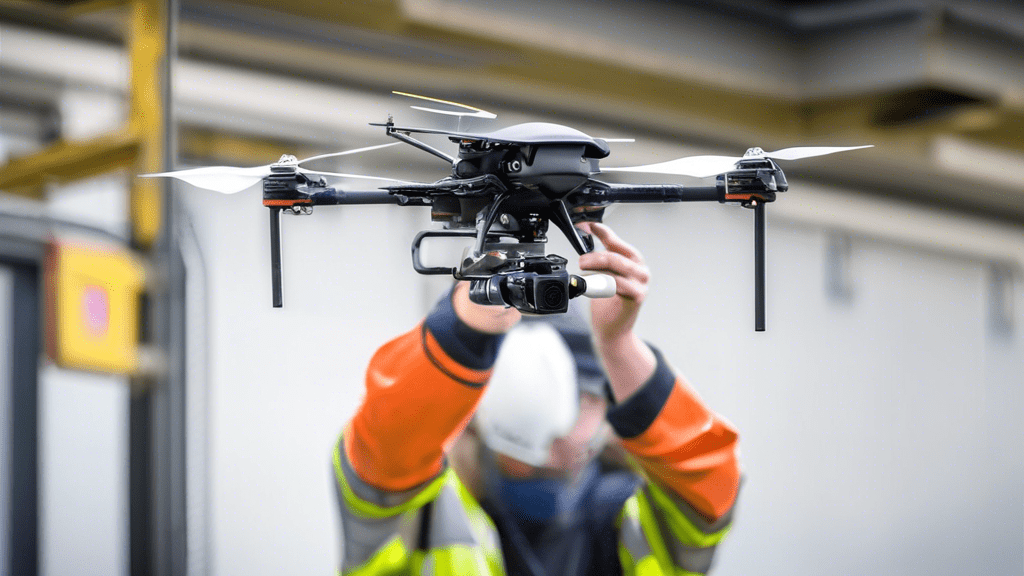Groundbreaking Drone Technology from the University of Southampton
There’s some exciting news coming out of the University of Southampton! Researchers there have developed a revolutionary drone technology that’s shaking up the world of aerial robotics. Spearheaded by Dr. Chris Holmes and Dr. Martynas Beresna from the Optoelectronics Research Centre, this drone isn’t just any flying machine. It’s equipped with a sophisticated nervous system that allows it to monitor its health in real-time, making it safer and more reliable than traditional models.
What sets this drone apart is its innovative nervous system, which works similarly to human nerves but relies on fiber optics instead of electricity. This clever design keeps the drone safe from pesky radio interference, allowing it to maintain a clear line of operation in various environments. By using light to monitor its systems, the drone embodies a blend of cutting-edge technology and biological inspiration, marking a significant leap in drone capability.
Real-Time Health Monitoring and AI Integration
The real magic happens with the drone’s ability to continuously monitor its structural health while in flight. This is achieved through a process called optical speckle, which enables the drone to project images that detect stressors and potential faults in its structure. But it doesn’t stop there! These images are processed by artificial intelligence algorithms, allowing the drone to assess its condition and alert the ground team of any issues—without interrupting the flight. Talk about high-tech self-awareness!
This combination of real-time monitoring and AI interpretation isn’t just a neat trick; it enhances the autonomy and efficiency of the drone. Thanks to this tech, the drone can operate longer without needing frequent stops for manual inspection, which can be pretty time-consuming. Speaking of time, researchers believe that their creation has the potential to truly optimize flight time, making drone operations not only safer but also more cost-effective.
The applications for this advanced drone technology are extensive. Think about industries like logistics, transport, and emergency response—this drone could make a significant impact in how goods and services are delivered and how emergencies are managed. With the drone sector projected to contribute up to £45 billion to the global economy by 2030, it’s clear that the implications of these advancements are enormous.
So where does this all lead? The team has been testing the system on a drone designed to carry emergency equipment, managed by aerospace engineer Toby King-Cline and a group of eager students. Their goal is to bring this cutting-edge system to market by 2025, with the backing of the university’s Future Worlds acceleration program. Who knows? The future of drones could look drastically different thanks to the innovative strides being made at the University of Southampton!
